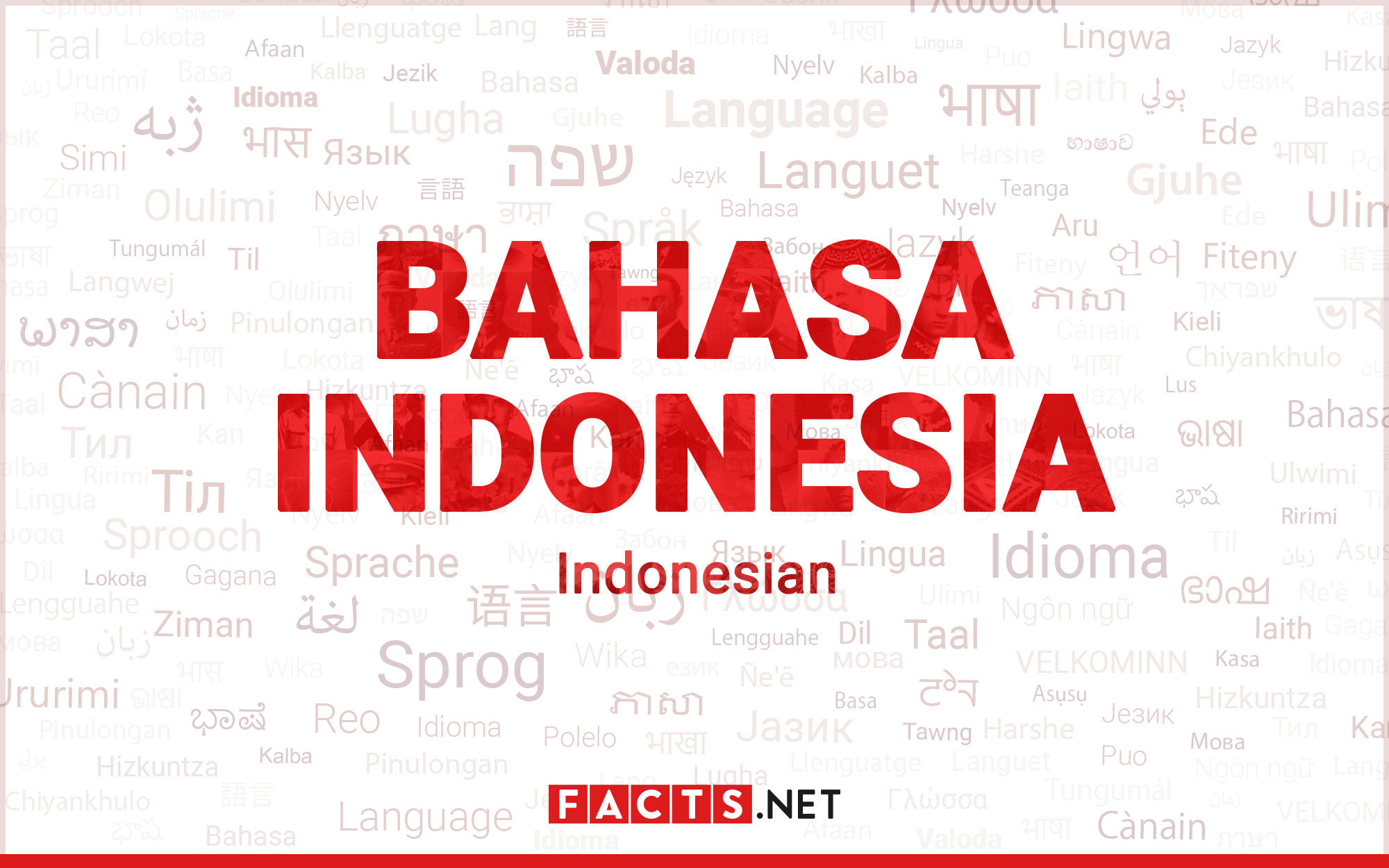
Indonesian, also known as Bahasa Indonesia, is the official language of Indonesia, a diverse and vibrant archipelago in Southeast Asia. With over 270 million speakers, it is one of the most widely spoken languages in the world. Indonesian holds a significant cultural and historical importance in Indonesia, serving as a common language that unifies the nation’s diverse ethnic groups.
But did you know that Indonesian has some fascinating characteristics that set it apart from other languages? In this article, we will explore 11 intriguing facts about Indonesian language, from its origins and influences to its unique grammatical features and rich vocabulary. So, buckle up and get ready to delve into the fascinating world of Indonesian!
Key Takeaways:
- Indonesian is the official language of Indonesia, spoken by over 270 million people, and it unifies the diverse ethnic groups in the country.
- Indonesian has a simple writing system, borrowed words from various languages, and continues to evolve, reflecting the dynamic nature of Indonesian society.
Indonesian is the official language of Indonesia.
With over 270 million speakers, Indonesian serves as the lingua franca of the country, unifying the diverse ethnic groups and islands in the archipelago.
Indonesian is a standardized form of Malay.
Indonesian shares many similarities with Malay, but has evolved into a distinct language with its own vocabulary, grammar, and pronunciation.
Indonesian has a simple and phonetic writing system.
The Indonesian alphabet, known as “Ejaan Yang Disempurnakan,” consists of 26 letters and follows a consistent pronunciation pattern, making it relatively easy to learn and read.
Indonesian has borrowed words from various languages.
Due to Indonesia’s historical interactions with different cultures, Indonesian has incorporated loan words from Dutch, Arabic, Sanskrit, Portuguese, Chinese, and English, among others.
Indonesian does not have grammatical gender.
In contrast to many other languages, Indonesian does not differentiate nouns, pronouns, or adjectives based on gender. This feature makes it more inclusive and straightforward to use.
Indonesian uses a unique system of affixation.
Indonesian words can be modified through the addition of prefixes, suffixes, or infixes to convey different nuances of meaning, create verb forms, or indicate aspects of time.
Indonesian has a relatively simple sentence structure.
Indonesian follows a subject-verb-object (SVO) sentence structure, making it less complex compared to languages with more intricate grammar rules.
Indonesian has regional variations.
Although Indonesian is the official language, variations of the language can be found across different regions of Indonesia, influenced by local languages and dialects.
Indonesian has polite speech levels.
Similar to other Southeast Asian languages, Indonesian has different levels of politeness in speech, allowing speakers to adjust their language based on the social context and relationship with the listener.
Indonesian is widely spoken outside of Indonesia.
Due to migration and the Indonesian diaspora, Indonesian is spoken by communities in neighboring countries such as Malaysia, Singapore, and Brunei, as well as in countries with significant Indonesian populations.
Indonesian continues to evolve.
As Indonesian interacts with other languages and cultures, new words and expressions continue to be incorporated into the language, reflecting the dynamic nature of Indonesian society.
Conclusion
In conclusion, Indonesian is a fascinating language with a rich history and unique characteristics. It is the official language of Indonesia, a diverse country with over 17,000 islands and hundreds of ethnic groups. Indonesian, also known as Bahasa Indonesia, is a relatively young language that has evolved over the centuries through influences from Malay, Dutch, and other regional languages.The simplicity of Indonesian grammar and pronunciation makes it accessible to language learners. Its vocabulary is influenced by various languages, including Sanskrit, Arabic, and English. Indonesian is not only spoken in Indonesia but also recognized as a working language in ASEAN (Association of Southeast Asian Nations). It plays a vital role in promoting communication and cultural understanding among the diverse nations in the region.As you explore the wonders of the Indonesian language, you’ll discover its beauty, versatility, and the connections it forms between people. Whether you’re planning to visit Indonesia or simply have an interest in languages, learning Indonesian will open doors to a rich cultural experience that is both enlightening and rewarding. So, let’s embark on this language journey, and selamat belajar (happy learning)!
FAQs
Q: How many people speak Indonesian?
A: Indonesian is spoken by more than 270 million people, making it one of the most widely spoken languages in the world.
Q: Is Indonesian difficult to learn?
A: Indonesian is considered a relatively easy language to learn for English speakers due to its simple grammar and pronunciation.
Q: Are there dialects of Indonesian?
A: While there are regional variations in vocabulary and pronunciation, there is no distinct dialect of Indonesian. The standardized form is widely understood and used across the country.
Q: Can I use Indonesian in other countries?
A: Although Indonesian is primarily spoken in Indonesia, it is also recognized as a working language in ASEAN (Association of Southeast Asian Nations). It can be useful for communication in the region.
Q: Are there any cultural customs associated with the Indonesian language?
A: Respect for others is important in Indonesian culture. Using proper greetings, such as “Selamat pagi” (good morning) and “Terima kasih” (thank you), shows politeness and is highly appreciated.
Was this page helpful?
Our commitment to delivering trustworthy and engaging content is at the heart of what we do. Each fact on our site is contributed by real users like you, bringing a wealth of diverse insights and information. To ensure the highest standards of accuracy and reliability, our dedicated editors meticulously review each submission. This process guarantees that the facts we share are not only fascinating but also credible. Trust in our commitment to quality and authenticity as you explore and learn with us.
